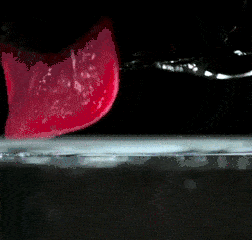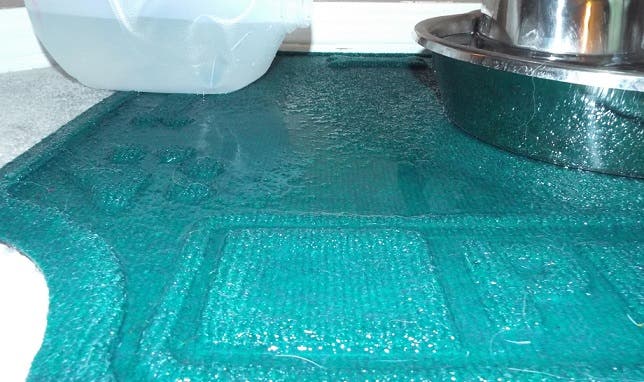There’s no more faithful companion than a dog, nor more messier. If you thought dog’s make a mess when they drink water just because they don’t care, think again. Using high-speed cameras and fluid dynamics, researchers found that dogs use their tongues in a different way than cats, pets adorned for their neatness.
Lick, lick

“When we started this project, we thought that dogs drink similarly to cats,” Sunny Jung, from Virginia Tech . “But it turns out that it’s different, because dogs smash their tongues on the water surface-they make lots of splashing — but a cat never does that.”
The wording is a bit off, but here’s what Jung meant. But first, let’s look at how cats drink water. Cats use their tongues like a straw, creating a column of water by rapidly pulling and withdrawing the water, but during the whole process they gently hit the water. The cat relies on speed and licking frequency to stay hydrated. Dogs, however, hit their tongues on the water powerfully to force more water into their mouths. In addition, a dog’s tongue is shaped in such a way to enhance the force with which it splashes the water. Thus, dogs rely on sheer force to intake water.

“When a dog drinks, it curls its tongue posteriorly while plunging it into the fluid and then quickly withdraws its tongue back into the mouth,” the researchers reported of their observation. “During this fast retraction fluid sticks to the ventral part of the curled tongue and is drawn into the mouth due to inertia.”
This relationship between the dog’s body weight and the surface area of a dog’s tongue shows that they are proportional allowing for more water intake if the dog weighs more. This is why large breeds like St. Bernards move huge bodies of water around their bowl.
But why didn’t dogs and cats simply develop a way to drink like humans do? We drink by creating a suction through our cheeks, but dogs and cats evolved as four-legged predators, and as such their cheeks haven’t developed in a similar fashion. In other words, dogs can’t help it so let’s not give them a hard time. All dogs are sloppy drinkers, not just yours.
The scientists reported their results November 25, 2014, at the American Physical Society’s Division of Fluid Dynamics Meeting in San Francisco, California.






